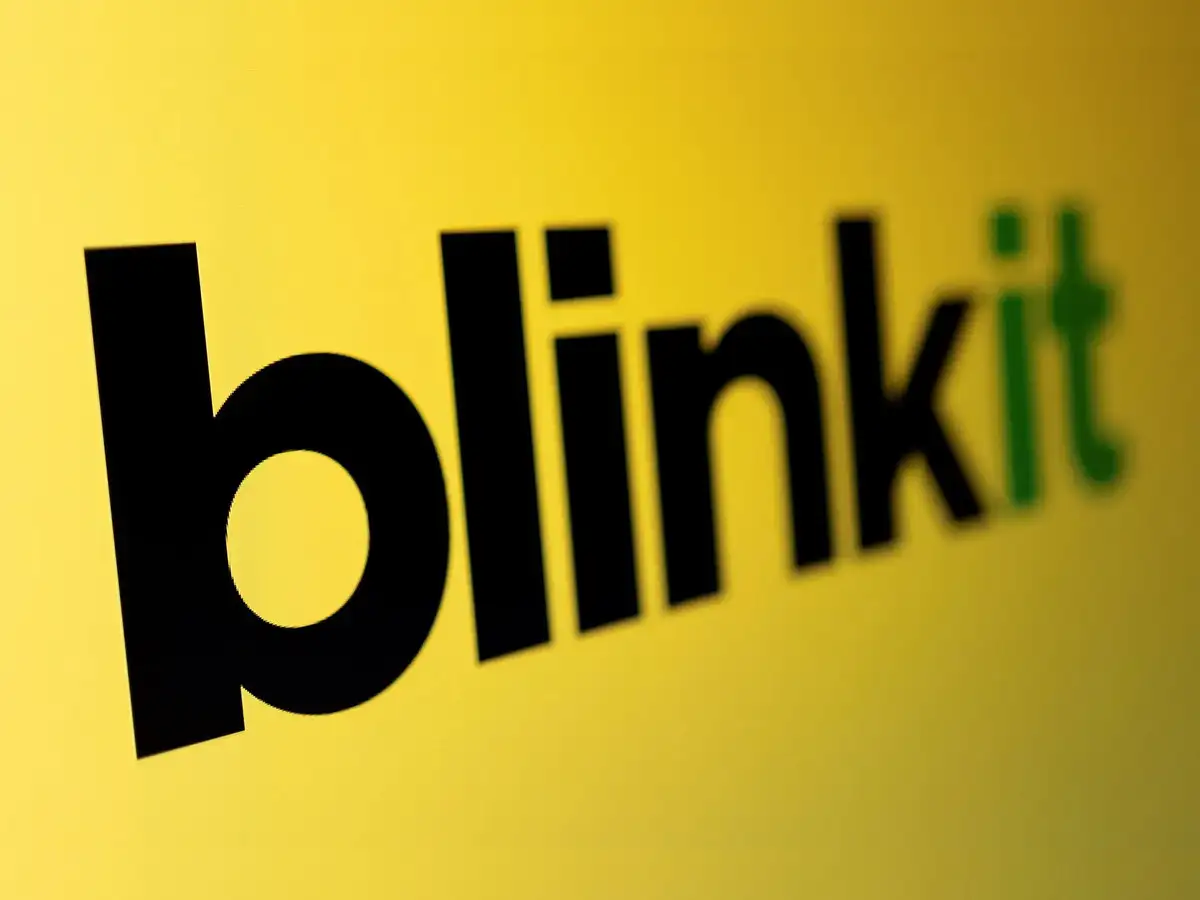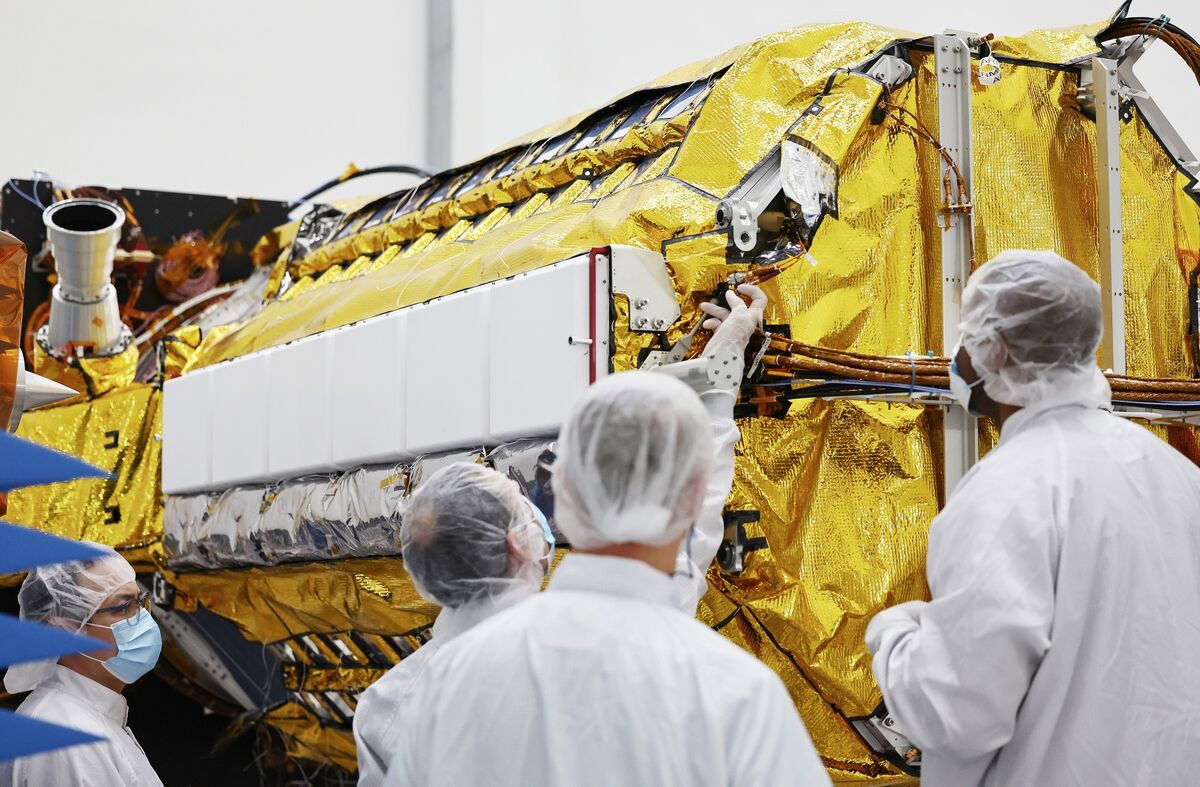- Arvind's Newsletter
- Posts
- Arvind's Newsletter
Arvind's Newsletter
Issue No. #1153
1.Trump's 25% Tariffs And Penalty Impact: India's GDP Faces 50-Basis-Point Hit, Weaker Rupee May Offer Support — Analysts Explain Why: NDTVProfit
US President Donald Trump's decision to slap India with a 25% tariff and additional punitive duties for trade with Russia will shave off some economic growth, but a weaker rupee may extend some support.
Key sectors, including textiles, pharmaceuticals, electronics, agri-products, and machinery, are expected to feel the brunt. The recent weakness in the Indian rupee, if sustained, could cushion the impact by improving the price competitiveness of Indian goods globally.
Here is what some analysts are saying:
Morgan Stanley
At an aggregate level, India's goods exports to the US are 2.2% of GDP.This implies a less severe direct impact of tariff-related developments. Further, nuances will emerge at the sector level based on the tariff differential with other economies and exposure to the US. Remain watchful of the developments from the next round of negotiations. The second-order impact of the tariffs through weaker corporate confidence and a deferred capex cycle, which in our view is likely to be more pronounced.
CLSA
Unfriendly words from President Trump plus a higher-than-expected tariff. This alters the near-term narrative of India as a safe haven. Hopes of rising relative trade advantage questioned; exporters could be hit. This may not be the final word, but elevated valuations may hurt the market.
Jeffries
Estimated GDP impact of 25-40 bps. Higher current account deficit and higher crude impacting rupee, and lower rate cut possibility.
FPI sentiment could stay weak as India's relative 'friend of US' and 'beneficiary of China +1' image takes some knock. Remain hopeful of an eventual trade deal and some of the above impact getting reversed.
2.Google to invest $6 billion in southern India data centre, sources say: Reuters
Google will invest $6 billion to develop a 1-gigawatt data centre and its power infrastructure in the southern Indian state of Andhra Pradesh in the Alphabet unit's first such investment in India, government sources said on Wednesday.
Due to be built in the port city of Visakhapatnam, the data centre investment includes $2 billion in renewable energy capacity that will be used to power the facility, two Andhra Pradesh government sources with direct knowledge of the matter told Reuters.
3.Blinkit pilots 10-minute delivery for prescription medicines in Bengaluru
Blinkit has initiated prescription medicine deliveries in select Bengaluru areas, complementing its existing OTC pharmacy offerings. This service includes antibiotics, diabetes drugs, and dermatological medicines, with delivery times ranging from 10–30 minutes. This move comes as Blinkit expands its healthcare services, including a 10-minute ambulance service, while navigating evolving regulations in the epharmacy sector.
4.US and Indian Space Agencies Launch Earth-Observation Satellite: Bloomberg
The US and India launched a co-developed satellite that will deliver data to support natural disaster response efforts, a mission underscoring India’s efforts to broaden its international partnerships and become a global space leader.
The NASA-Indian Space Research Organisation Synthetic Aperture Radar satellite (Nisar) lifted off on Wednesday at 5:40 p.m. local time from India’s Satish Dhawan Space Centre aboard a rocket from ISRO.
The satellite entered orbit successfully at 5:59 local time.
“Each stage, precise. Cryo ignition and Cryo stage performance flawless,” ISRO announced in a post on X.
5.Trusts allow Tata Sons exit talks with SP Group: Economic Times
Tata Trusts passed resolutions affirming Tata Sons should remain an unlisted private company, and initiate discussions with minority shareholder Shapoorji Pallonji (SP) Group to provide it an exit, marking a key strategic shift.
Sir Ratan Tata Trust and the Sir Dorabji Tata Trust are the two main philanthropic organisations that make up Tata Trusts, which own a controlling 66% stake in Tata Sons.
People aware of developments said the Trusts board also approved initiation of the process to renew the term of N Chandrasekaran as chairman of Tata Sons beyond February 2027.
6.World's Deepest Ecosystem: Nature and others
Chinese researchers have identified fields of underwater creatures nearly 6 miles below sea level, the deepest complex ecosystem ever discovered, a study published yesterday in Nature reveals.
The ecosystem spans over 1,500 miles across the Kuril-Kamchatka and Aleutian trenches—depressions in the Pacific Ocean seafloor between Russia and Alaska. Through 23 dives in a three-person submersible, researchers found fields of brightly colored marine tube worms, mollusks, and clams.
With no access to sunlight, the organisms appear to rely on liquid methane and hydrogen sulfide for energy in a process known as chemosynthesis. Researchers think the methane comes from microbes in the seafloor—and that these ecosystems may be more widespread than previously thought.
7.Microsoft became the second-ever $4 trillion company: CNBC
Microsoft became the second-ever $4 trillion company after its shares soared on the back of better-than-expected earnings. The software giant’s growth, its fastest in three years, was driven by its cloud computing division as artificial intelligence-led demand for computing power soars.
Nvidia, the chip designer, this month became the first to cross the $4 trillion threshold. Meta also saw its stock jump 11% on higher-than-anticipated earnings. Boss Mark Zuckerberg is betting heavily on “superintelligence,” AI vastly more capable than humans across most domains, spending billions to achieve it: He told investors that he was doing so because “superintelligence is going to improve every aspect of what we do from a business perspective.”
8.How and why your memories shift over time, explained by neuroscience: BigThink
Memory feels like truth. In reality, it’s more like storytelling. Neuroscientists André Fenton and Lisa Genova explain how each act of remembering reshapes your past. Memory isn’t fixed. Rather, it’s a living process, tied to perception, identity, and the stories we choose to believe. See video below.
9.Two human trials of mRNA technology raised hopes of an effective HIV vaccine: New Scientist
The virus that causes AIDS poses particular challenges for vaccine makers: It disguises itself from our immune system, and its various strains are so different that humans’ immune response usually only targets one variety. But the new results suggest the possibility of vaccines that produce broad responses, and which could be delivered in an injection.
There are still hurdles — many volunteers developed unpleasant skin reactions, and a full vaccine may be years away — but alongside the recent approval of lenacapavir, a drug that can prevent HIV infection with just two injections a year, the trials represent real progress in a decades-long battle against a once-unstoppable disease.
10.The economics of superintelligence: The Economist
FOR MOST of history the safest prediction has been that things will continue much as they are. But sometimes the future is unrecognisable. The tech bosses of Silicon Valley say humanity is approaching such a moment, because in just a few years artificial intelligence (AI) will be better than the average human being at all cognitive tasks. You do not need to put high odds on them being right to see that their claim needs thinking through. Were it to come true, the consequences would be as great as anything in the history of the world economy.
Since the breakthroughs of almost a decade ago, AI’s powers have repeatedly and spectacularly outrun predictions. This year large language models from OpenAI and Google DeepMind got to gold in the International Mathematical Olympiad, 18 years sooner than experts had predicted in 2021. The models grow ever larger, propelled by an arms race between tech firms, which expect the winner to take everything; and between China and America, which fear systemic defeat if they come second. By 2027 it should be possible to train a model using 1,000 times the computing resources that built GPT-4, which lies behind today’s most popular chatbot.
What does that say about AI’s powers in 2030 or 2032? As we describe in one of two briefings this week, many fear a hellscape, in which AI-enabled terrorists build bioweapons that kill billions, or a “misaligned” ai slips its leash and outwits humanity. It is easy to see why these tail risks command so much attention. Yet, as our second briefing explains, they have crowded out thinking about the immediate, probable, predictable—and equally astonishing—effects of a non-apocalyptic AI.
Before 1700 the world economy grew, on average, by 8% a century. Anyone who forecast what happened next would have seemed deranged. Over the following 300 years, as the Industrial Revolution took hold, growth averaged 350% a century. That brought lower mortality and higher fertility. Bigger populations produced more ideas, leading to yet faster expansion. Because of the need to add human talent, the loop was slow. Eventually, greater riches led people to have fewer children. That boosted living standards, which grew at a steady pace of about 2% a year.
AI faces no such demographic constraint. Technologists promise that it will rapidly hasten the pace at which discoveries are made. Sam Altman, OpenAI’s chief executive, expects AI to be capable of generating “novel insights” next year. AIs already help program better AI models. By 2028, some say, they will be overseeing their own improvement.
Hence the possibility of a second explosion of economic growth. If computing power brings about technological advances without human input, and enough of the pay-off is reinvested in building still more powerful machines, wealth could accumulate at unprecedented speed. Economists have long been alive to the relentless mathematical logic of automating the discovery of ideas. According to a recent projection by Epoch AI, a bullish think-tank, once AI can carry out 30% of tasks, annual growth will exceed 20%.
True believers, including Elon Musk, conclude that self-improving AI will create a superintelligence. Humanity would gain access to every idea to be had—including for building the best robots, rockets and reactors. Access to energy and human lifespans would no longer impose limits. The only constraint on the economy would be the laws of physics.
You don’t need to go to that extreme to conjure up AI’s mind-boggling effects. Consider, as a thought experiment, just the incremental step to human-level intelligence. In labour markets the cost of using computing power for a task would limit the wages for carrying it out: why pay a worker more than the digital competition? Yet the shrinking number of superstars whose skills were not automatable and could directly complement AI would enjoy enormous returns. The only people doing better than them, in all likelihood, would be the owners of AI-relevant capital, which would be gobbling up a rising share of economic output.
Everyone else would have to adapt to gaps in AI’s abilities and to the spending of the new rich. Wherever there was a bottleneck in automation and labour supply, wages could rise rapidly. Such effects, known as “cost disease”, could be so strong as to limit the explosion of measured gdp, even as the economy changed utterly.
The new patterns of abundance and shortage would be reflected in prices. Anything AI could help produce—goods from fully automated factories, say, or digital entertainment—would see its value collapse. If you fear losing your job to AI, you can at least look forward to lots of such things. Wherever humans were still needed, cost disease might bite. Knowledge workers who switched to manual work might find they could afford less child care or fewer restaurant meals than today. And humans might end up competing with AIs for land and energy.
This economic disruption would be reflected in financial markets. There could be wild swings between stocks as it became clear which companies were winning and losing winner-takes-all contests. There would be a rapacious desire to invest, both to generate more AI power and in order for the stock of infrastructure and factories to keep pace with economic growth. At the same time, the desire to save for the future could collapse, as people—and especially the rich, who do the most saving—anticipated vastly higher incomes.
Persuading people to give up capital for investment would therefore require much higher interest rates—high enough, perhaps, to make long-duration asset prices fall, despite explosive growth. Scholars disagree, but in some models interest rates rise one-for-one or more with growth. In an explosive scenario that would mean having to refinance debts at 20-30%. Even debtors whose incomes were rising fast could suffer; those whose incomes were not hitched to runaway growth would be pummelled. Countries that were unable or unwilling to exploit the AI boom could face capital flight. There could also be macroeconomic instability anywhere, because inflation could take off as people binged on their anticipated fortunes and central banks did not raise rates fast enough.
It is a dizzying thought experiment. Could humanity cope? Growth has accelerated before, but there was no mass democracy during the Industrial Revolution; the Luddites, history’s most famous machine-haters, did not have the vote. Even if average wages surged, higher inequality could lead to demands for redistribution. The state would also have more powerful tools to monitor and manipulate the population. Politics would therefore be volatile. Governments would have to rethink everything from the tax base to education to the protection of civil rights.
Despite that, the rise of superintelligence should provoke wonder. Dario Amodei, boss of Anthropic, told The Economist this week that he believes AI will help treat once-incurable diseases. The way to look at another acceleration, if it comes, is as the continuation of a long miracle, made possible only because people embraced disruption. Humanity may find its intelligence surpassed. It will still need wisdom.








